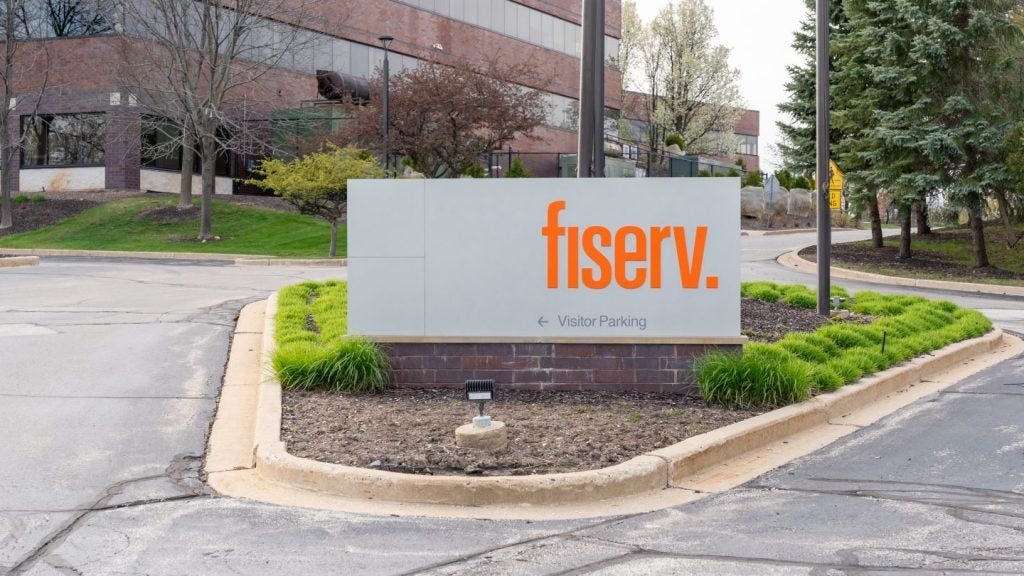While US banks have concerned themselves with new customer
service channels, that old stalwart, the ATM has been sorely
neglected. Some banks are now making solid strides in adoption of
the latest ATM innovations while laggards risk never being able to
close the technology gap. Charles Davis
reports.
The quickly-evolving nature of the US bank ATM demands
technological change, if financial institutions are to truly
capitalise on the potential of the self-service device in future.
This is the overriding message delivered by a new study undertaken
by consultancy Aite Group.
As banks embrace the potential to add additional features and
functionalities to ATMs, they must first realise that they need to
update their underlying technology, stresses Aite Group analyst
Kate Monahan in the study US Bank ATMs: Rebuilding the
Foundation.
“Many banks are currently using outdated ATM technology, and see
themselves as lagging behind the competition when it comes to
service at the ATM channel,” Monahan noted in the study. “Until
updates are made, service will continue to suffer at the ATM
channel and areas of opportunity for personalisation at the ATM,
such as marketing to customers on a one-to-one basis, will not be
possible.”
The study found that 91 percent of ATM executives believe that in
five years, it will be important or extremely important to their
bank’s strategy to create a differentiated ATM experience through
customer personalisation. If the foundation is not yet built, banks
will not be able to provide the level of personalisation their
competitors are currently starting to implement.

US Tariffs are shifting - will you react or anticipate?
Don’t let policy changes catch you off guard. Stay proactive with real-time data and expert analysis.
By GlobalDataBased on interviews with bank ATM channel executives at 23 of the
top 80 US banks (by number of current accounts), the Aite Group
report puts forward recommendations for banks and vendors
participating in the US ATM market. The recommendations serve as a
loud call to action for greater investment in advanced ATM
technologies by banks.
Woefully outdated
While most banks have upgraded some portion of their ATM network
since the deployment of their original ATMs, there are still many
ATMs on the market today that are woefully outdated. Examples
include ATMs using old OS/2 platforms, ATMs that are more than 15
years old, and ATMs that require the labour-intensive task of
loading security keys on each individual location.
Despite industry advancements and adoption of more up to date
technology, US banks have been slow to upgrade features and
functionalities at their ATM channel.
While self-service is a factor in driving growth and investment in
other bank channels, such as online and mobile banking, the ATM –
the first self-service bank channel – continues to struggle to move
from the technology of the past to the technology of the
present.
With outdated technology becoming a major challenge at top US
banks, banks are now focused on rebuilding their ATM channel,
emphasised Monahan.
However, she added: “Until the foundation is rebuilt, adding more
features and functionalities will take a back seat. In the interim,
banks that would like to market to their customers on a one-to-one
basis at the ATM will have to wait, as will banks that would like
to provide all of their customers an envelope-free ATM
experience.”
On a positive note, in some important respects, the US ATM base is
being modernised. For example, by the end of 2009, survey
respondents indicated that 59 percent of their institution’s ATMs
will be enabled for remote servicing. By the end of 2010, the
percentage will increase to 77 percent. The significant jump in
remote servicing indicates the trend many executives echoed in
plans to upgrade ATM technology by the end of 2010.
Still, the banking industry is in many respects further along in
its hopes than in its reality. Take deposit automation, for
example; it is one of the most talked about areas in the ATM market
space today. However, among the 23 banks surveyed, only 12 percent
of total ATMs had been enabled for envelope-free deposits at the
end of 2008. Executives indicate a two-percentage-point growth to
14 percent envelope-free machines by the end of 2009, with the
highest growth, to 26 percent, expected in 2010.
The biggest ATM deployers keep setting the pace, though. By the end
of 2009, executives at the top 10 surveyed banks indicate their
ATMs will be 30 percentage points ahead of the top 11 to 50
surveyed banks with deployment of envelope-free single-cheque ATMs.
Envelope-free bulk cheque and cash functionality is expected to be
enabled at nearly the same percentage of ATMs for both groups, with
the top 10 surveyed banks indicating 8 percent by year-end 2009 and
the top 11 to 50 banks indicating 5 percent growth.
Personalisation still way off
The ultimate goal of advanced ATM technology – personalisation – is
even further off at most US banks. With less than 65 percent of
respondents’ ATMs using Microsoft Windows to drive ATMs at the end
of 2008, some features, such as marketing, cannot easily be enabled
until the majority, or all, of their ATMs are Windows-based. By the
end of 2009, 59 percent of surveyed banks’ ATMs will be enabled
with generic product offers, 47 percent will allow customers to set
ATM preferences, and 23 percent will be enabled to offer targeted
products.
Seventy-five percent of surveyed executives believe it is important
or extremely important for the ATM channel to integrate with the
online banking channel.
Following the online banking channel, executives viewed integration
with the following channels as important or extremely important:
branch channel (68 percent), contact centre (50 percent),
interactive voice response (50 percent), and mobile banking (36
percent). Mobile banking has not yet been adopted by all surveyed
banks, which attributes to the view of integration importance with
this particular channel.
Although most banking channels are not integrated today, 68 percent
of surveyed ATM executives indicate that their ATM channel and
their online banking and branch channels will be completely
integrated or partly integrated by 2010. Sixty-four percent of
surveyed executives expect the contact centre channel and
interactive voice response channel to be integrated or completely
integrated by 2010.
The outlook for integration between the ATM and mobile banking
channel is more conservative, with only 43 percent of respondents
indicating similar integration by 2010.
Overall the Aite Group report’s message is clear: ATM deployers
must catch up with technologically or risk falling behind for
good.







